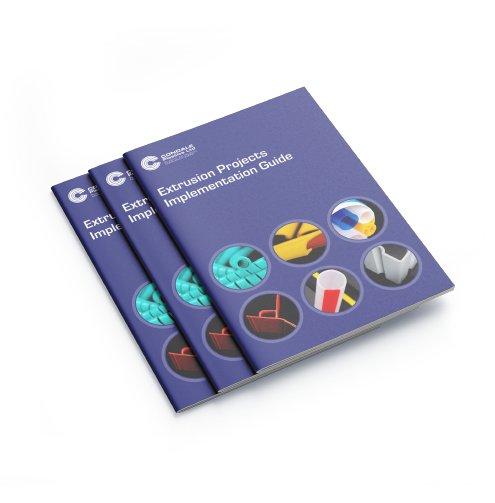Flexible PVC is a popular choice for plastic extrusions due to its low cost and versatility. It is available in a wide range of softnesses/hardnesses up to semi-rigid and in a range of different grades and colours, including clear.
Although flexible plastic extrusions are mainly used indoors, there are outdoor grades available.
Flexible PVC properties
PVC is made flexible through the addition of plasticisers. Historically these have been low molecular weight phthalates, although these are gradually being phased out and replaced with safer plasticisers. Formulations can be adjusted to suit static or dynamic applications.
PVC is often combined with synthetic nitrile rubber to form a co-polymer with good oil, chemical and ozone resistance and good mechanical properties across a wide temperature range. These polymers are regularly used to produce flexible PVC extrusions for the aerospace, automotive and construction sectors.
Flexible PVC extrusions in use
Flexile PVC tubes and profiles are widely used for medical applications, since their light weight, transparency, tear and kink resistance, suitability for sterilisation and biocompatibility makes them well suited for catheters, blood taking and haemodialysis.
The cost-effectiveness and versatility of flexible PVC extrusions means their use is wide-spread across many different industries. Some of the most common applications include hosing, gaskets, seals, fenders, bumpers, handrails, sleeves, straps, trims, cable insulation, pipes, T-barbed edging strips and water stops.
